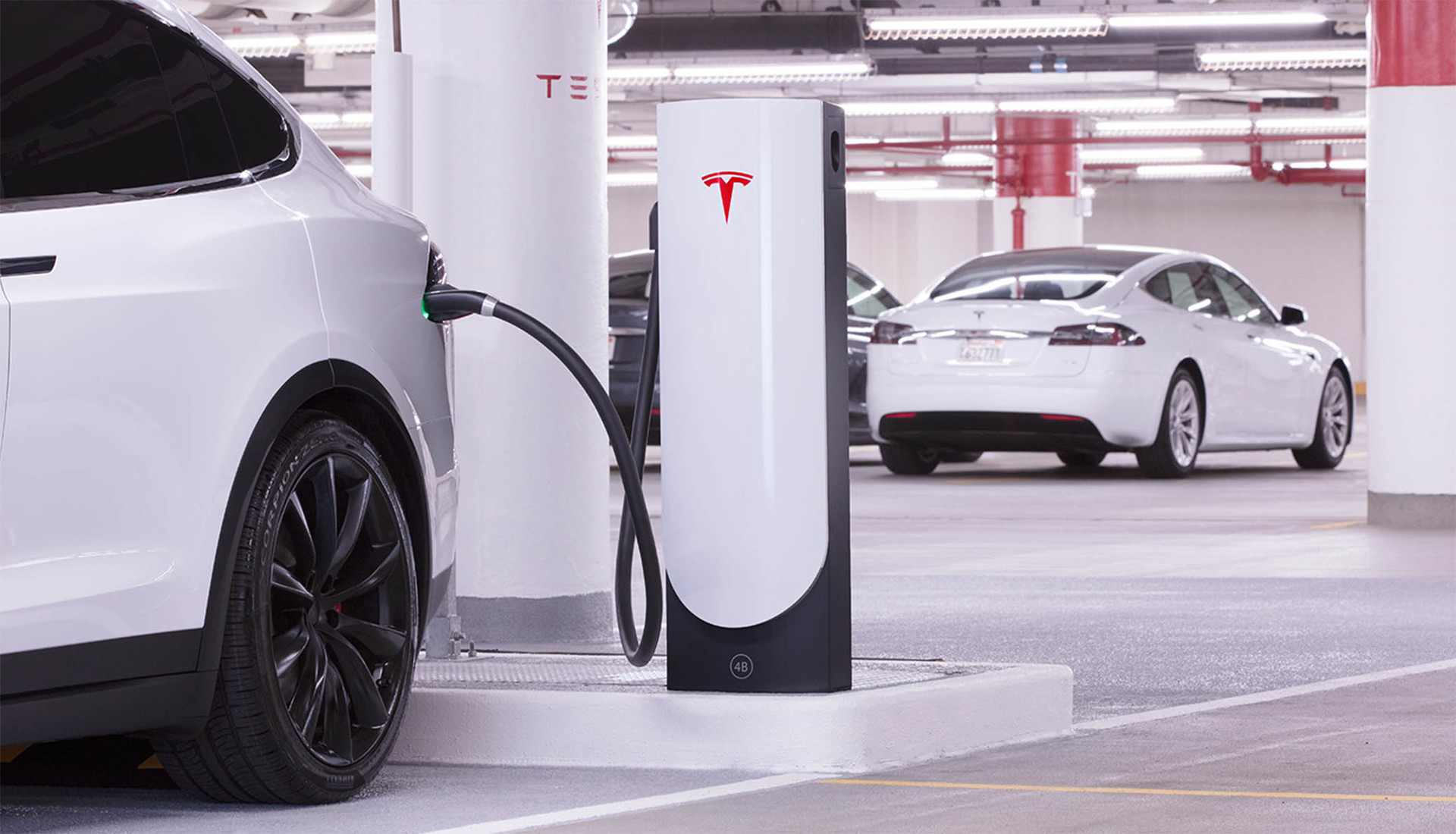Electric vehicles (EVs) provide the greenest, most sustainable alternative to gasoline-powered cars, are changing the face of transportation. Many who are thinking of switching to electric vehicles There is one question: how are EV chargers used? Don’t worry, upcoming driver of electric vehicles! This article will provide hidden secrets behind these key components in the EV infrastructure. Then, you can confidently navigate through the world of electric vehicles.

The Core Concept: Delivering Energy, Replenishing Power
The EV charging station operates with a straightforward, yet deceiving concept: They function as an intermediary between the electric grid and the battery of your car. Think of them as a pump for electrons that replenishes the batteries to help propel your EV. Place your vehicle in a charging area and connecting the cable to the appropriate plug is all that’s needed.
Plugging in and Compatibility Charging Rates and Charger Speeds
While the fundamental concept is similar to that of the majority of EV chargers, the plug types and charging rates vary. The various plug types at charging stations for electric vehicles are similar to the ones found at gasoline stations. They differ depending on the model of the vehicle, as well as the charging technology. Knowing the difference is crucial for a smooth, efficient charging.
Tesla Superchargers A System of Speed
Tesla owners have a distinct advantage due to the network of Tesla Superchargers strategically located. These charging stations that are fast-charging are made specifically for Tesla vehicles and boast astounding charging speeds, allowing motorists to dramatically recharge their batteries within a shorter period of time in comparison to conventional charging stations. This means less charging stops with less wait time, and more convenience when taking long-distance trips with a Tesla.
Explore various charging options: beyond Tesla
Tesla Superchargers don’t represent the whole EV charging infrastructure. Many public charging stations owned by different businesses, work with many different EV models. They usually have different charging rates, starting at Level 2, which provides a faster charge than an outlet in your home, up to DC Fast Chargers. They provide charging times equivalent to the times for gas station refills.
Range anxiety Control your Charge!
This fear is one of the most common concerns among prospective EV owners. But with the expanding network of charging stations and the expanding number of the latest EVs the fear of running out of power is decreasing. Many EV models can now travel hundreds of miles with a single charge. Route software can help you locate charging stations along your planned route, which will ensure a comfortable journey.
The Technology Behind the Charge The Technology Behind the Charge: A Sneak Peek Inside
The beauty of EV chargers is in their innovative use of technology. At its heart, the station acts as a converter, turning the alternating current (AC) electricity that is generated by the grid to direct current (DC) electricity that is the type of power your battery needs. Additionally, the station houses security features and protocols for communication to ensure a secure and effective charging.
Easy and convenient: Charging forward
The charging of electric vehicles is becoming more easy and convenient. Numerous charging stations are public and have user-friendly interfaces and allow the payment of a credit card, or through an app. Chargers are being set up in a few workplace and residential complexes, allowing motorists to charge their electric vehicles at their home or in the office.
Green Grid Connection – Promoting sustainability
The increase in EV chargers offers significant environmental advantages. They encourage the use of zero emission electric vehicles. This results in more clean air as well as a sustainable transportation system. When the grid is switched towards renewable energy sources like wind power and solar power, charging electric vehicles will become more environmentally friendly. We’ll be less reliant on fossil fuels. Contact for How EV Charging Stations Works
In the end, understanding EV charging stations empowers prospective EV owners to make informed choices. The simple operation of these stations as well as their accessibility as well as their significance in promoting environmental sustainability makes them the essential elements of a future filled with clean and efficient electric vehicles. When you next come across an EV charger don’t overlook that it’s not just a connector, but it is a way to create a cleaner and more sustainable future for transportation.
